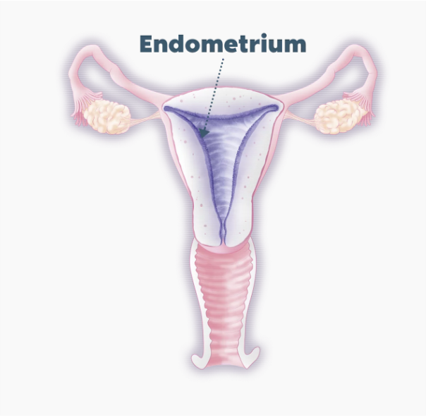Adjurant Therapy
- ourservices
Adjuvant Therapy
The cause of infertility may due to the husband, the wife, or both parties. Therefore, it is highly recommended that both the couple complete the relevant tests to find the cause of infertility, and then discuss with the doctor for a customized treat plan.
Hysteroscopy (HSC)
The procedure is used to examine the womb. It is usually carried out on an outpatient or day-case basis, meaning the patient does not have to stay in the hospital overnight. During the procedure we might remove scar tissue from the uterus of if we find polyps and would remove it and check pathology to get precise diagnosis.
Immunotherapy for habitual abortion
It is a crucial and yet unresolved problem of immunology, how the allogeneic fetus can escape the rejection of the maternal immune system. There is a lot of evidence that certain maternal immune reactions at an early stage of gestation are essential for fetal survival, but the precise mechanisms are unknown. Antibodies against fetal histocompatibility antigens are found in healthy pregnant women, whereas they are not demonstrable in the serum of patients with recurrent spontaneous abortions. Furthermore, if antibodies can be induced by leucocyte injections, a high percentage (60 to 85%) of patients have a next pregnancy without complications. In first studies, the passive transfer of antibodies by infusion of intravenous gammaglobulins has shown similar results.
ERA: Endometrial Receptivity Analysis

Many women undergoing IVF are unable to get pregnant, even after transferring good quality embryos. Although a good quality embryo is an important starting point, it is also important to transfer the embryo into a uterus that is ready to receive the embryo.
The timing of embryo transfermust coordinate with your body´s menstrual cycle, neither too early nor too late, but at just the right time. For most women, the best time to transfer an embryo is the same, butfor some women, it can be different.
What is the endometrium?
The interior of the uterus is lined with a tissue called endometrium, which is prepared each month for the arrival of an embryo and it’s the nest where the embryo implants and resides during gestation.


EndomeTRIO:
A complete view of endometrial health to help you in your reproductive journey

Why use EMMA?
- EMMA will determine whether the uterine microbial environment is or is not optimal for embryo implantation.
- EMMA determines the abundance of healthy bacteria (Lactobacillus) in your endometrium.
- This test also reports the presence and quantity of the most common harmful bacteria of the reproductive tract. This includes the ALICE part of the test, indicating the possible presence of bacterial pathogens that can cause chronic endometritis or other infections.
- Microbiology counselling is available for doctors.

PRP
Purpose
Platelet-rich plasma (PRP) has become a novel treatment in various aspects of medicine including orthopedics, cardiothoracic surgery, plastic surgery, dermatology, dentistry, and diabetic wound healing. PRP is now starting to become an area of interest in reproductive medicine more specifically focusing on infertility. Poor ovarian reserve, menopause, premature ovarian failure, and thin endometrium have been the main areas of research. The aim of this article is to review the existing literature on the effects of autologous PRP in reproductive medicine providing a summation of the current studies and assessing the need for additional research.
In women with thin endometrium, the literature shows an increase in endometrial thickness and increase in chemical and clinical pregnancy rates following autologous PRP therapy. In women with poor ovarian reserve, autologous intraovarian PRP therapy increased anti-Mullerian hormone (AMH) levels and decreased follicle-stimulating hormone (FSH), with a trend toward increasing clinical and live birth rates. This trend was also noted in women with recurrent implantation failure.

Sperm Collection by Testicular Sperm Extraction (TESE)
- TESE is a procedure to collect sperm directly from the testes. It’s done if there are no sperm found in the husband’s semen, the milky white substance where sperm live. One may have this procedure because:
- His testes aren’t making enough sperm in his semen.
- A blockage is preventing his sperm from passing out of penis during ejaculation.

Microsurgical epididymal sperm aspiration(MESA)
Microsurgical epididymal sperm aspiration (MESA) refers to retrieval of sperm-containing fluid from optimal areas of the epididymis that are selected and sampled using high-power optical magnification provided by an operating microscope. Retrieved sperm are subsequently used for intracytoplasmic sperm injection (ICSI) to induce fertilization and pregnancy. MESA is considered by many experts to be the gold standard technique for sperm retrieval in men with obstructive azoospermia given its high yield of quality sperm, excellent reported fertilization and pregnancy rates, and low risk of complications. However, MESA must be performed in an operating room, requires microsurgical skills and is only useful for reproduction using ICSI.
